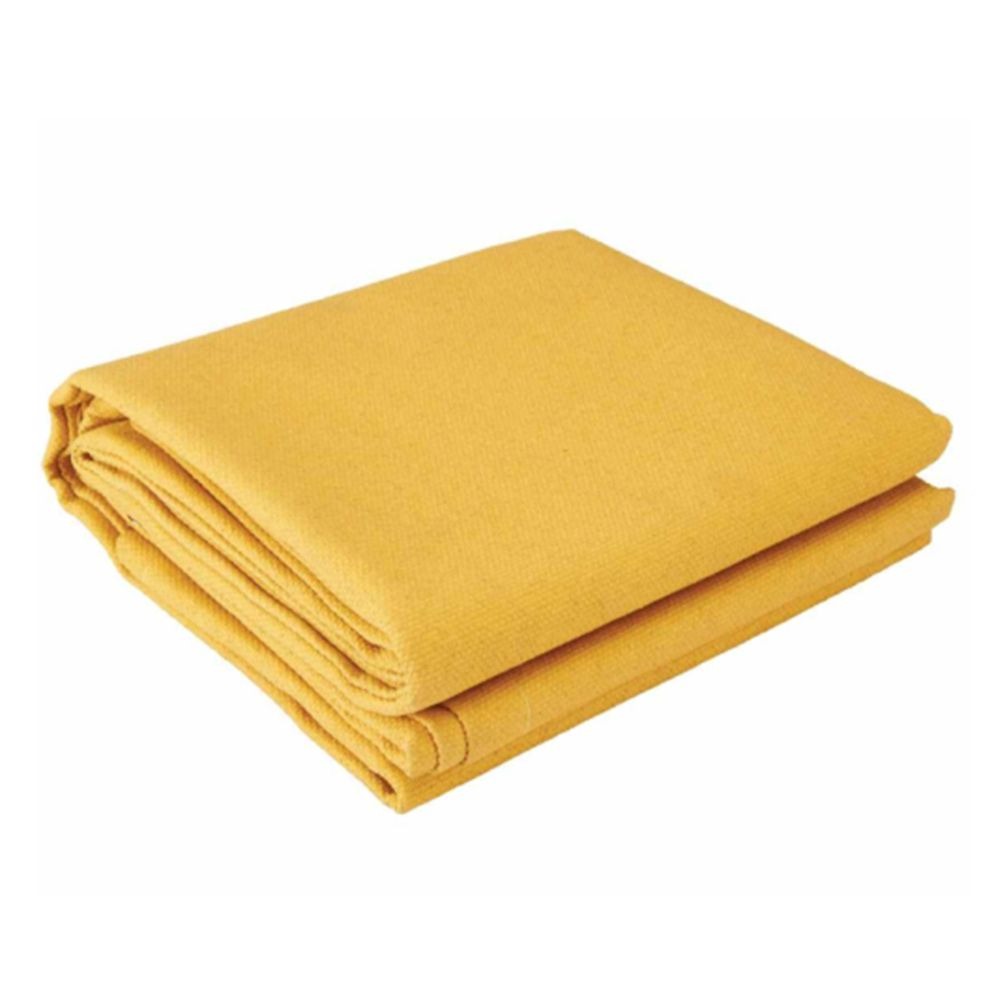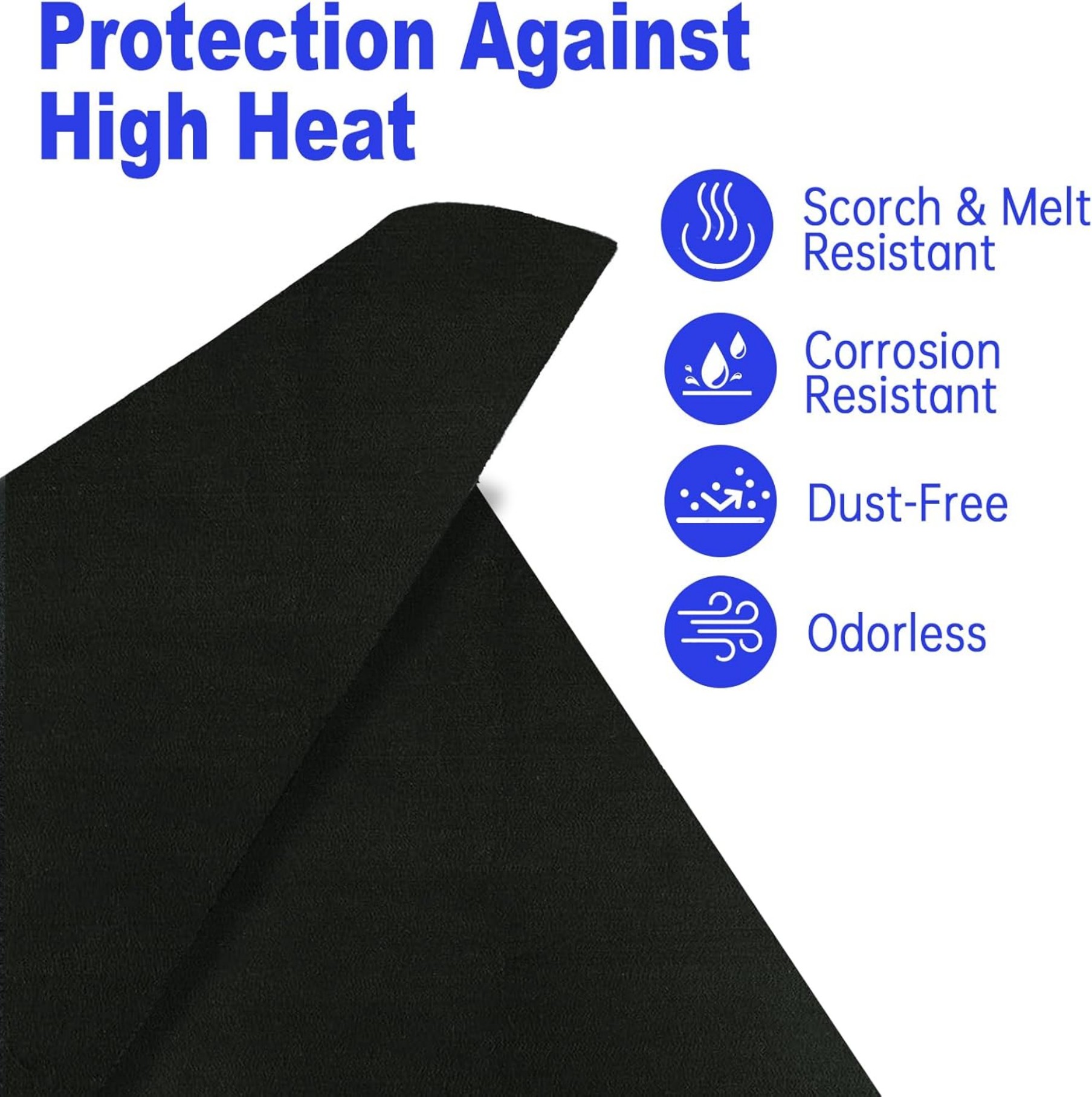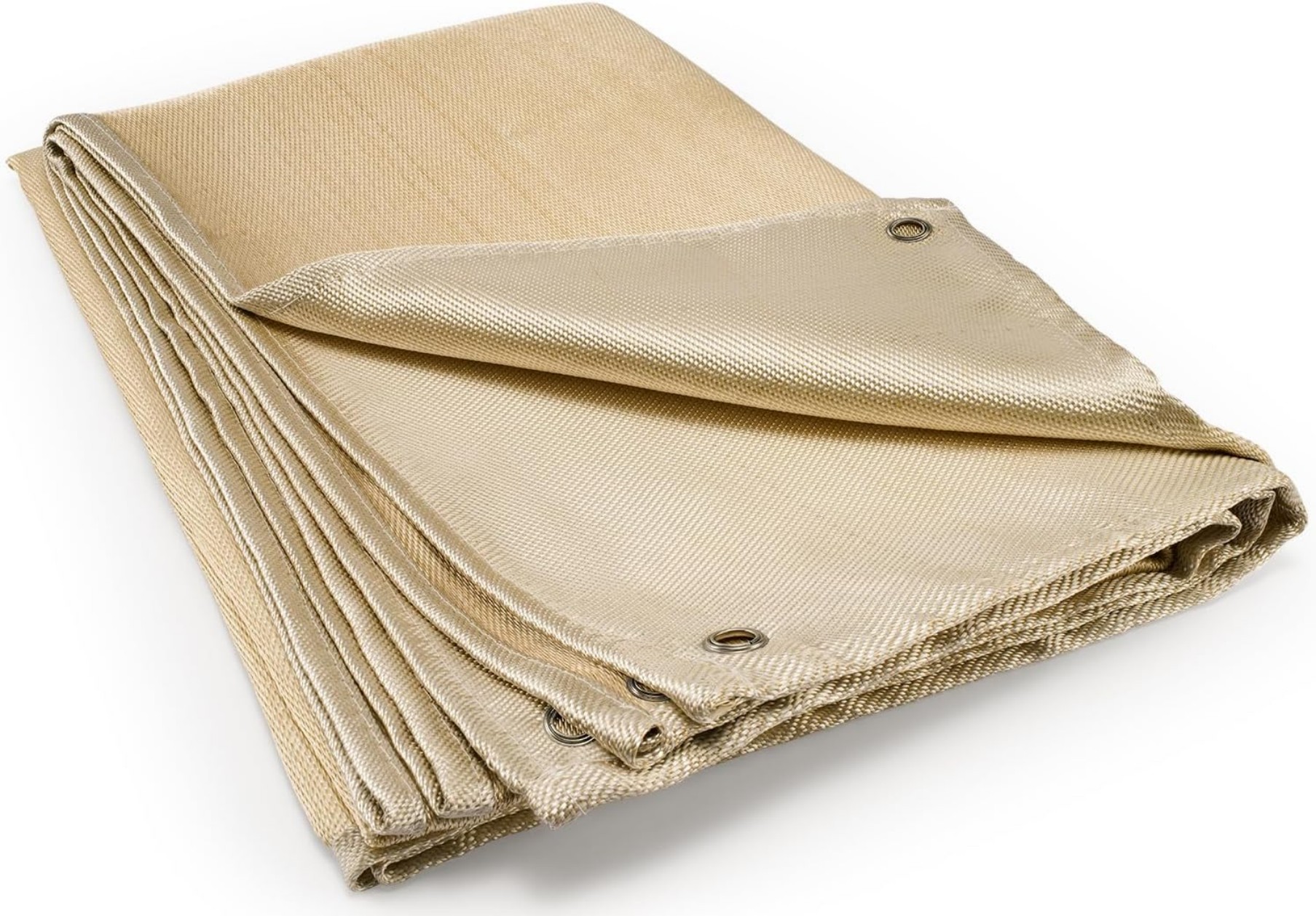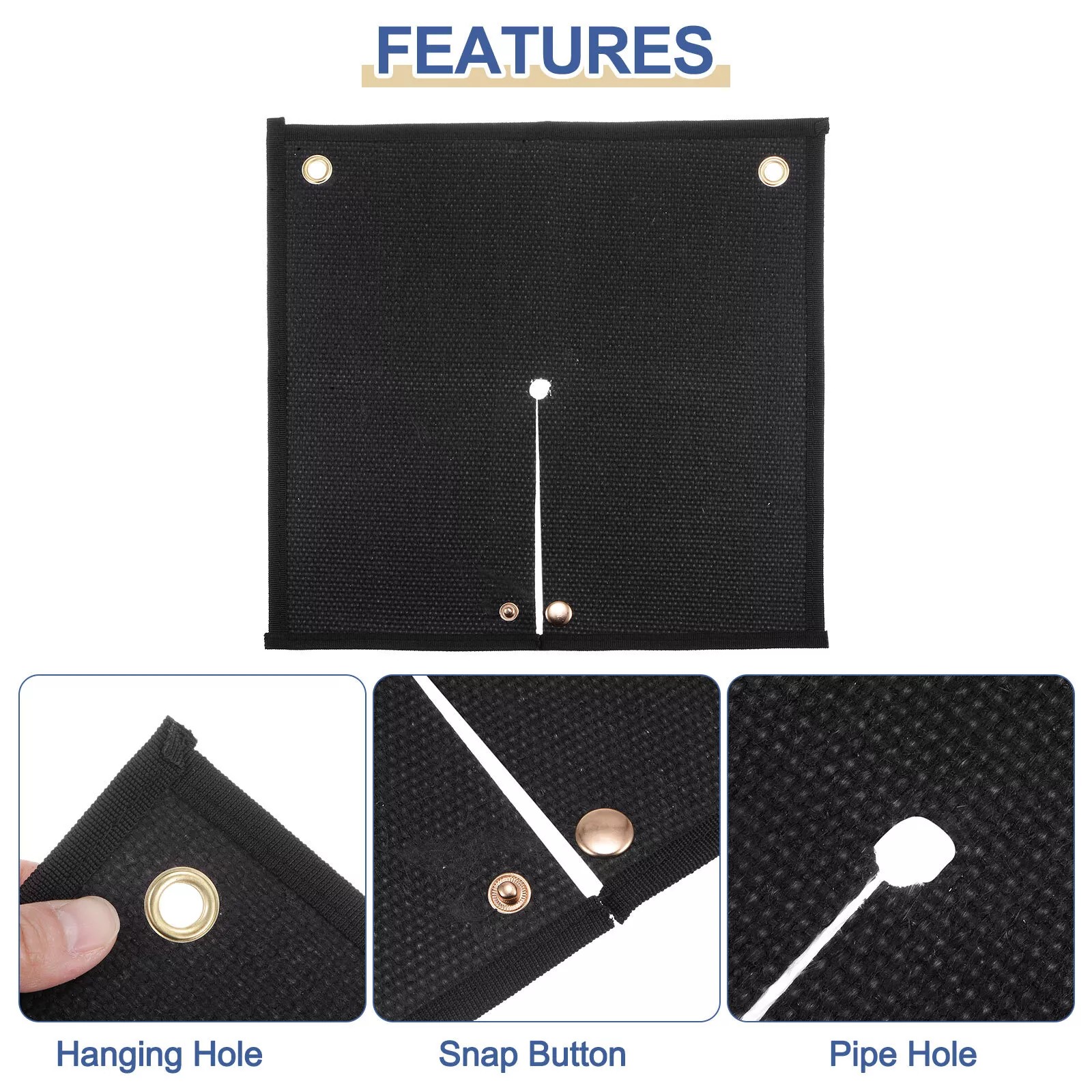Heated Welding Blankets: Essential Tools for Cold Weather Welding
Heated welding blankets maintain optimal weld temperatures in cold environments. They prevent cracking, improve quality, and ensure safety. This guide covers their benefits, types, and proper usage for professional welders.
Why You Need Heated Welding Blankets
When welding in cold conditions, metal cools too quickly, leading to weak joints and cracks. Heated welding blankets solve this by providing consistent warmth to your work area. They're especially crucial for:
- Pipeline welding in winter
- Shipbuilding in cold climates
- Structural steel projects below 40°F (4°C)
- Critical welds requiring precise temperature control
How Heated Welding Blankets Work
These specialized blankets contain heating elements sandwiched between fire-resistant layers. Most models operate at 120V or 240V with adjustable thermostats (typically 100-300°F). The heat:
- Pre-welds the metal to recommended temperatures
- Maintains heat during welding
- Controls cooling rates post-welding
Modern blankets use ceramic fiber insulation that withstands 2000°F+ while keeping exterior surfaces safe to touch.
Key Features to Look For
When selecting heated welding blankets, consider:
| Feature | Why It Matters |
|---|---|
| Temperature range | Match your welding process requirements |
| Size options | Cover your typical workpieces |
| Durability | Resists sparks, slag, and abrasion |
| Portability | Easy to transport between job sites |
Proper Usage Techniques
To maximize benefits from your heated welding blanket:
- Pre-heat for 30-60 minutes before welding
- Maintain blanket contact with the metal surface
- Monitor temperatures with infrared thermometers
- Follow manufacturer's voltage specifications
- Store properly when not in use
Always inspect for damage before each use - frayed wires or torn insulation create safety hazards.
Comparing Heated Welding Blankets to Alternatives

While torches or induction heaters can preheat metal, heated welding blankets offer distinct advantages:
- Even heat distribution:No hot spots that could warp metal
- Energy efficiency:Lower power consumption than torches
- Safety:Reduced fire risk compared to open flames
- Versatility:Can wrap complex shapes uniformly
Maintenance and Safety Tips
Extend your blanket's lifespan with proper care:
- Clean with compressed air - never liquids
- Roll instead of folding to prevent wire damage
- Store in dry conditions to prevent corrosion
- Replace damaged controllers immediately

Always disconnect power before adjustments and wear insulated gloves when handling hot blankets.
Industry Applications
Heated welding blankets prove invaluable across sectors:
- Oil & Gas:Pipeline repairs in Arctic conditions
- Aerospace:Critical aluminum alloy welding
- Construction:High-rise steelwork in winter
- Rail:Track repairs during cold snaps
Cost vs. Benefit Analysis
While heated welding blankets require investment ($300-$2000 depending on size), they:
- Reduce rework costs from cold-related defects
- Extend welding seasons in cold climates
- Improve compliance with welding codes
- Lower energy costs versus torch heating
Most professionals recover costs within 1-2 winter projects.
Conclusion
Heated welding blankets are essential tools for quality welding in cold conditions. They provide precise temperature control, improve weld integrity, and enhance safety. By selecting the right blanket and using it properly, you'll achieve better results while working comfortably in challenging environments.






